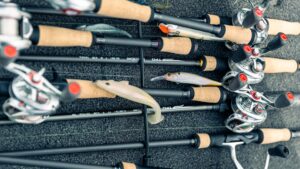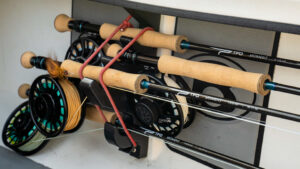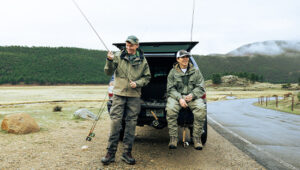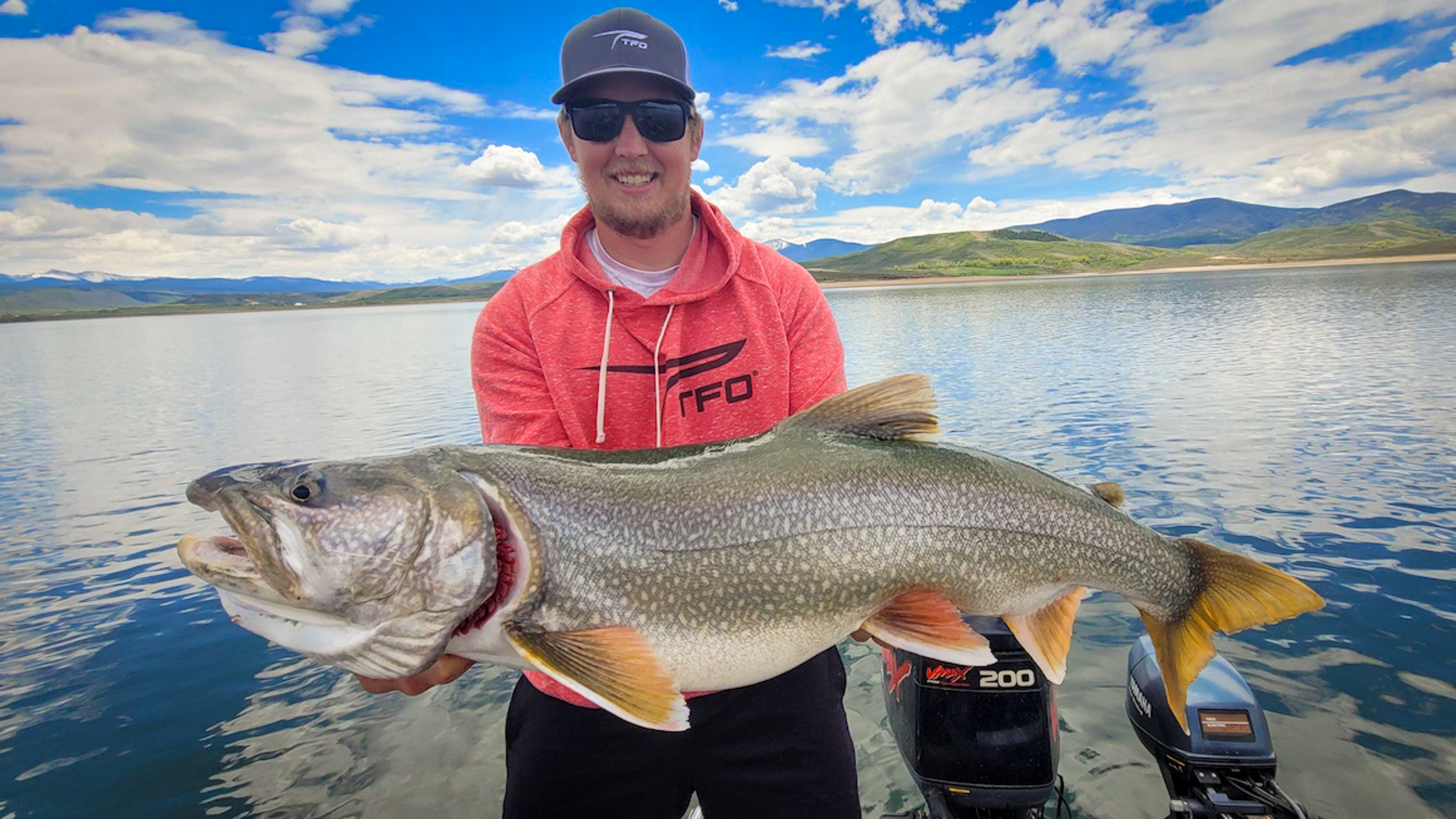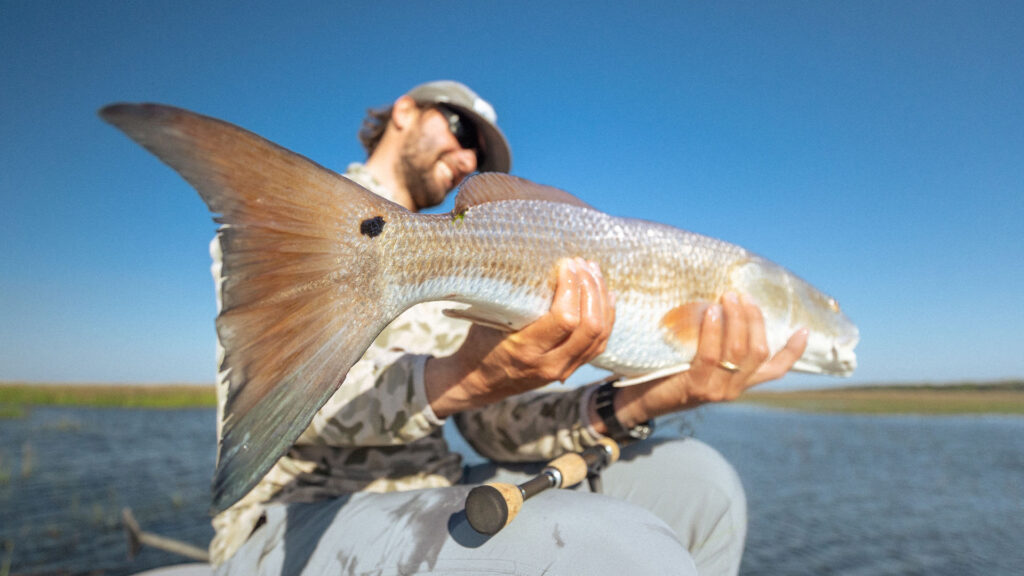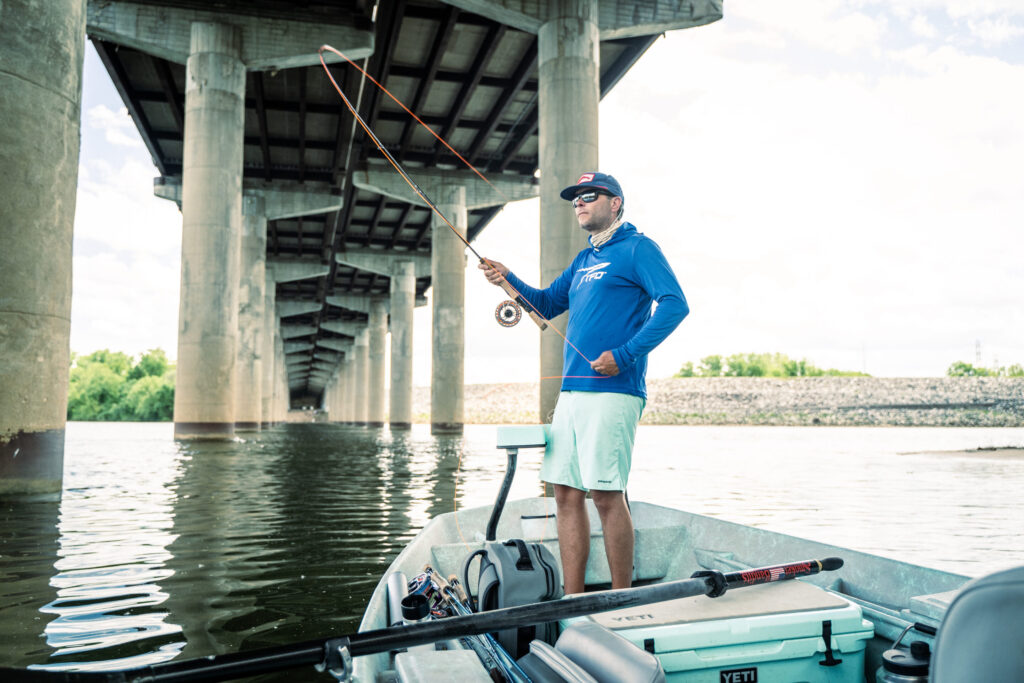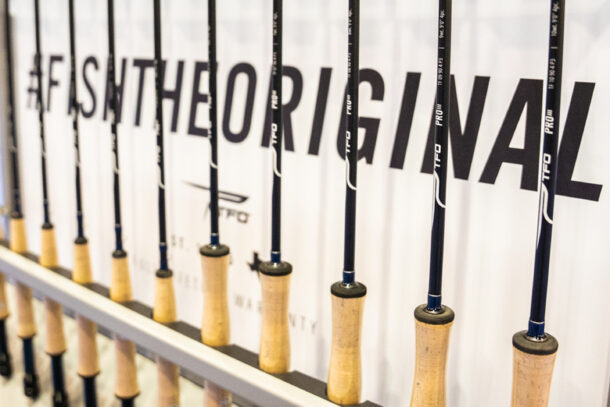Growing up in Colorado means camping trips. Love ‘em or hate ‘em, thousands of families flock to the woods for an escape from the 9 to 5. My family was no different, and I attribute those experiences to building my incredible passion for fishing and the outdoors.
Every fisherman today remembers their first fish. Mine was nothing special. A rainbow trout on a stream casting a Pistol Pete fly behind a bubble. But it wasn’t about the first fish for me. The metal bell hung from the door of the tackle shop rang loudly behind me as I raced into the store in Granby, Colorado. I was roughly 6 years old and all I could focus my eyes on was the giant taxidermied lake trout above the cash register. I remember asking more than enough questions about how to catch them and what color power bait they liked. Needless to say, I had some learning to do.
Fast forward to today, it’s crazy to look back and realize just how far I was from actually catching one of these trophy fish. It’s not that you can’t catch them from shore. Some of the best fishing for lake trout is right at ice-out, when mackinaw (another name for lake trout) move up into the shallows to feed on rainbow trout and other shallow fish. It’s about the technique and tactics it takes to lure one of these prehistoric fish to take your bait. That fish mounted to the wall of the tackle store was roughly 42” long. That fish could easily have been 50 years old.
When we talk about jigging for lake trout – a standard practice in any lake holding this species – we usually think of white jigs, sturdy leaders, and hopefully sore arms. Once you start expanding your quiver while fishing for lakers, you realize they eat a lot of different things and it’s more about keeping them hooked than actually getting a bite. Lake trout have some of the hardest upper jaws you can imagine. You have to get a clean, strong hookset or you are going to lose fish. The first time guide Nate Zelinsky took me jigging he kept saying, “Everyone tells me they will give a hard hookset, but I have never seen it.”
That’s where he got creative to help clients close the deal on fish. Nate taught me a technique of cutting a Professional Walleye rod down from a 6’6” Medium jigging rod to a 5’ lake trout broomstick. The idea is that you are removing the most sensitive upper guides of the rod and therefore speeding up your hooksets by getting to the rod’s backbone sooner. An added benefit is that you are gaining massive power in your hooksets, especially when the bait is 60+ feet down.
The process is simple. You spool a 6’ or 6’ 6” Professional Walleye Medium action rod, and tighten down the drag on your spinning reel (you can use casting rods too). Grab the rod in one hand and the line in the other. Load the rod up by pulling on the line and get a good bend out of the top guides. Take note of where the rod starts to bend at the backbone and that’s just about the perfect spot to cut it. Use a Dremel tool so you don’t crack the blank and add a rod tip with some glue. Voilà. You now have made about the best laker rod you can imagine and I promise, it only hurts a little to cut the top off your brand new rod. It hurts less when you land a laker of a lifetime.
Earlier this year, we made it up for a day of lake trout jigging and were able to capitalize on one bite out of many takes we had that morning. I counted 13. Sometimes, you have to warm up your skills a bit after a long winter off the boat. Either way, it was the right fish and an amazing fight. Every time I shuffle one of these giants over the gunnel it takes me right back to Granby Tackle Store and helps awake the kid inside. I feel so blessed to be able to catch these fish and get an up-close look and feel of their power and beauty. Every fish goes back. When you hold one in your hand for the first time, I suspect it will be the same incredible experience I had. You know that fish had one heck of a journey to end up in your arms. It’s the respect for how magnificent they are and how many thrills they provide that helps you understand why we never take a trophy home. To have learned from masters of the craft like Nate Zelinsky and finally feel like I have some excellent skills and knowledge to apply in the future catching lake trout is a true honor. If you haven’t had the opportunity to fish for this amazing specimen, look into opportunities in your area or maybe think about a trip next time you are in my neck of the woods. You won’t regret trying it and it just might change your perspective of what a “big” fish really is.
Blog and video provided by TFO Ambassador Chris Edlin. You can find out more about Chris at his YouTube channel here.
![]()
